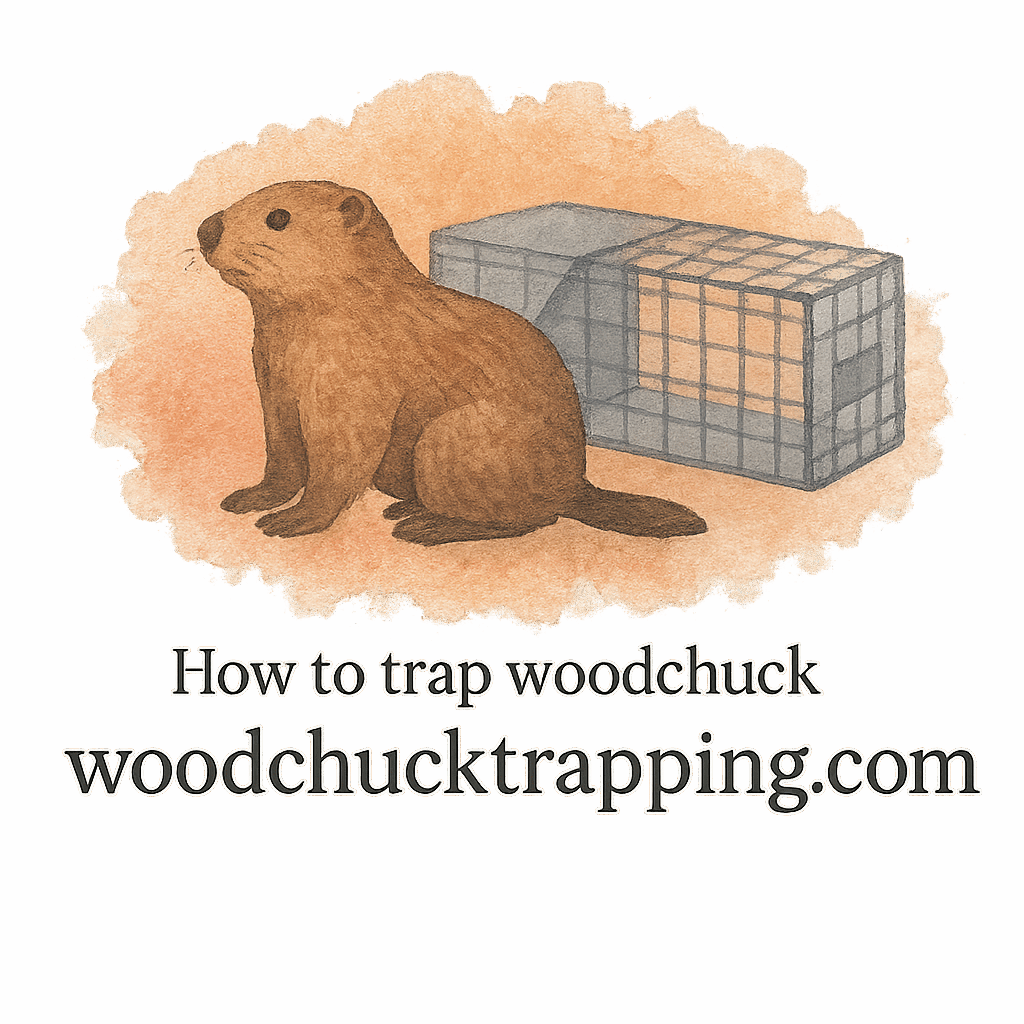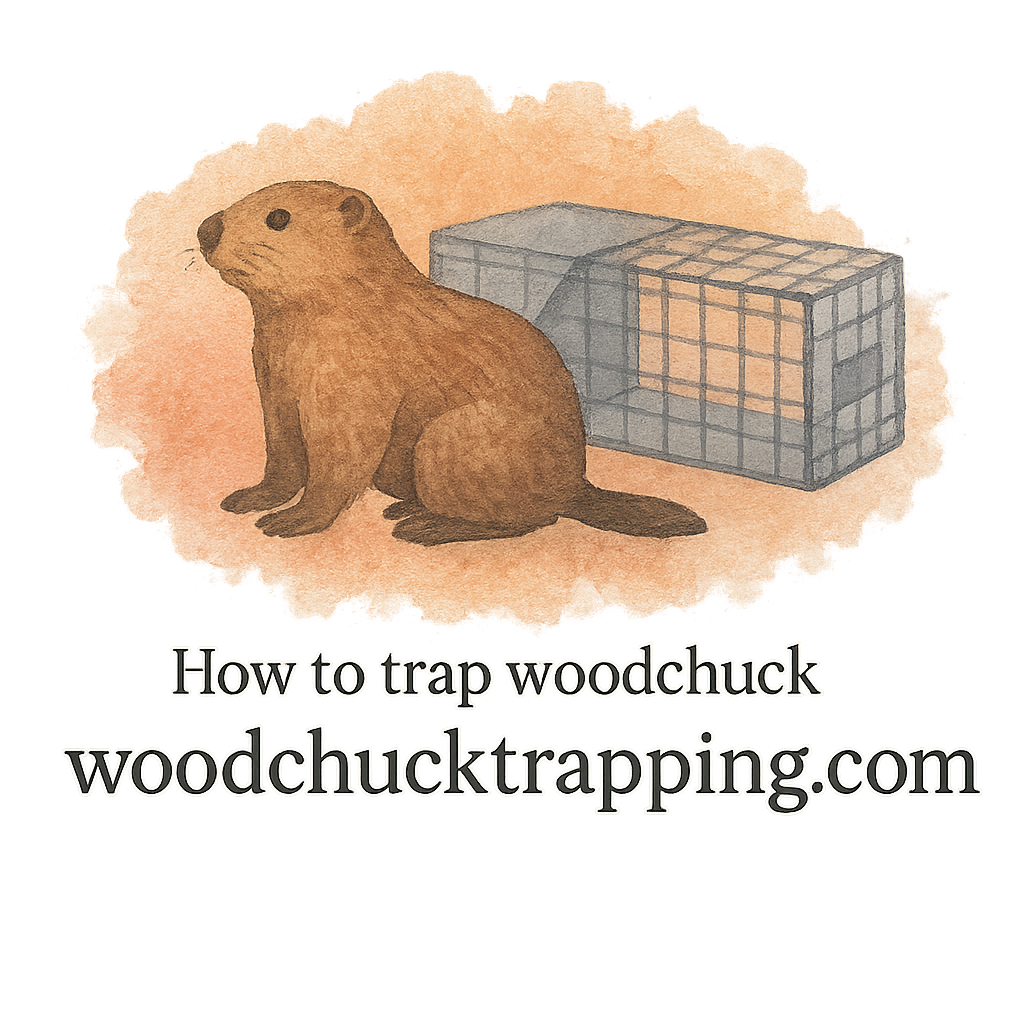Understanding the Challenge of Trapping Woodchucks in Small Yards
If you’ve ever spotted a woodchuck sneaking through your yard, you know how quickly they can cause chaos. In small spaces, every burrow, dug-up patch, and chewed plant feels magnified. Unlike wide-open fields, compact yards leave little room for error when trapping. That’s why mastering humane techniques tailored for tight areas is so important.
Why Humane Trapping Matters
Woodchucks are living creatures, and even though they might wreak havoc in your garden, treating them with respect is key. Humane trapping not only avoids unnecessary suffering but also aligns with laws and safety standards. Plus, it ensures you’re removing the problem without damaging your reputation with neighbors who may value wildlife.
Common Problems Woodchucks Cause in Compact Areas
In small yards, a single woodchuck can cause outsized damage. They dig burrows dangerously close to home foundations, gnaw on vegetable gardens, and leave behind messy tunnels. If left unchecked, their activity can lead to structural damage, yard flooding, and frustration that feels way bigger than the animal itself.
Preparing for Humane Woodchuck Trapping
Identifying Signs of a Woodchuck Infestation
Before setting traps, you need to confirm that woodchucks are the real culprits. Look for clear signs like fresh soil piles near burrow entrances, gnawed plants, or trails leading to your garden. Spotting these early helps you set the right strategy.
Essential Trapping Equipment for Small Spaces
Having the right tools makes the job more effective and safer. A poorly chosen trap can waste your effort and stress the animal unnecessarily.
Choosing Compact Traps
In small spaces, compact traps are a game-changer. They fit easily into tight corners, patios, or near sheds where woodchucks often appear. Choosing traps specifically designed for humane live capture is essential.
The Role of Gloves and Handling Gear
Wearing proper gloves isn’t just about cleanliness—it’s about safety. Handling gear prevents transferring human scent onto traps and keeps you safe if a trapped animal gets defensive.
Legal and Safety Considerations Before Trapping
Always check laws and safety regulations before setting a trap. Some states require permits or restrict relocation. Ignoring these rules could land you in legal trouble, even if your intentions are good.
5 Humane Woodchuck Trapping Techniques
1. Using Compact Live Traps
The most straightforward method is setting up a live trap designed for woodchucks. These traps let you safely capture the animal without injury. Opt for sturdy designs from trusted equipment reviews to ensure durability.
2. Baiting and Luring with Scent Baits
The right baiting and luring strategy can make or break your efforts. Fresh fruits, vegetables, or specialized scent baits work best. Position the bait carefully to encourage the woodchuck to fully enter the trap.
3. Strategic Trap Placement Near Burrows
Woodchucks are creatures of habit. Placing traps near burrows or pathways increases your success rate. In small yards, this means tucking traps along fences, near sheds, or right outside a burrow entrance.

4. Minimal-Space Setups with One-Door Traps
In compact areas, minimal-space setups are vital. One-door traps take less room and simplify the capture process. This technique is especially useful in a small yard.
5. Monitoring Traps and Humane Animal Handling
Never leave a trap unattended for long. Quick monitoring ensures the animal doesn’t suffer in extreme weather or from stress. Once caught, follow proper handling techniques to relocate the woodchuck safely.
Additional Prevention and Yard Protection Tips
Securing Burrows and Entry Points
After trapping, seal off old burrows to discourage new residents. Use mesh or soil to block entry, preventing recurring issues.
Installing Barriers and Fences
Fencing is a long-term solution. A buried fence at least a foot deep keeps woodchucks from digging under.
Using Natural Repellents as Supportive Measures
While traps do the heavy lifting, natural repellents can support your efforts. Strong scents deter woodchucks and make your yard less appealing.
Mistakes to Avoid When Trapping Woodchucks
Using the Wrong Bait or Lure
Not every food attracts woodchucks. Avoid relying on random leftovers—stick to proven lures for best results.
Ignoring Local Wildlife Laws
Skipping legal checks can backfire fast. Always stay updated with trapping laws to avoid fines or restrictions.
Poor Trap Maintenance in Small Areas
Dirty or broken traps reduce success rates. Regularly clean and inspect your trap gear to keep things efficient.
Best Practices for Handling a Trapped Woodchuck
Safe Relocation Methods
When relocating, choose a legal and safe environment far from residential areas. This prevents the woodchuck from returning or becoming someone else’s problem.
Minimizing Stress During Handling
Covering the trap with a cloth keeps the animal calm. Always handle with care and respect—remember, the goal is humane removal.
Long-Term Strategies to Prevent Woodchuck Damage
Maintaining a Clean and Secure Yard
Woodchucks love cluttered spaces. Keep your yard tidy to reduce hiding spots and food sources.
Regular Monitoring for New Signs of Infestation
A quick walk around your property helps spot early infestation signs. The sooner you catch them, the easier it is to manage.
Conclusion
Trapping woodchucks in small spaces doesn’t have to be a nightmare. With the right techniques, humane traps, and smart strategies, you can protect your yard without harming the animal. Remember, success lies in preparation, patience, and consistent prevention.
FAQs
1. What is the most humane way to trap a woodchuck?
Using a live trap with proper humane handling methods is the safest way.
2. What bait works best for woodchucks?
Fresh fruits, vegetables, and specialized trap scent baits are highly effective.
3. Can I trap a woodchuck without professional help?
Yes! With the right trapping essentials, anyone can do it safely.
4. Is it legal to relocate a trapped woodchuck?
It depends on your state. Always check local laws and safety first.
5. How do I know if I have a woodchuck problem?
Look for burrows, gnawed plants, and other signs of activity.
6. How often should I check traps?
At least twice daily. Quick monitoring ensures humane treatment of the trapped animal.
7. Can prevention methods replace trapping?
Sometimes. Strong fencing and prevention strategies help, but trapping may still be needed in severe cases.


